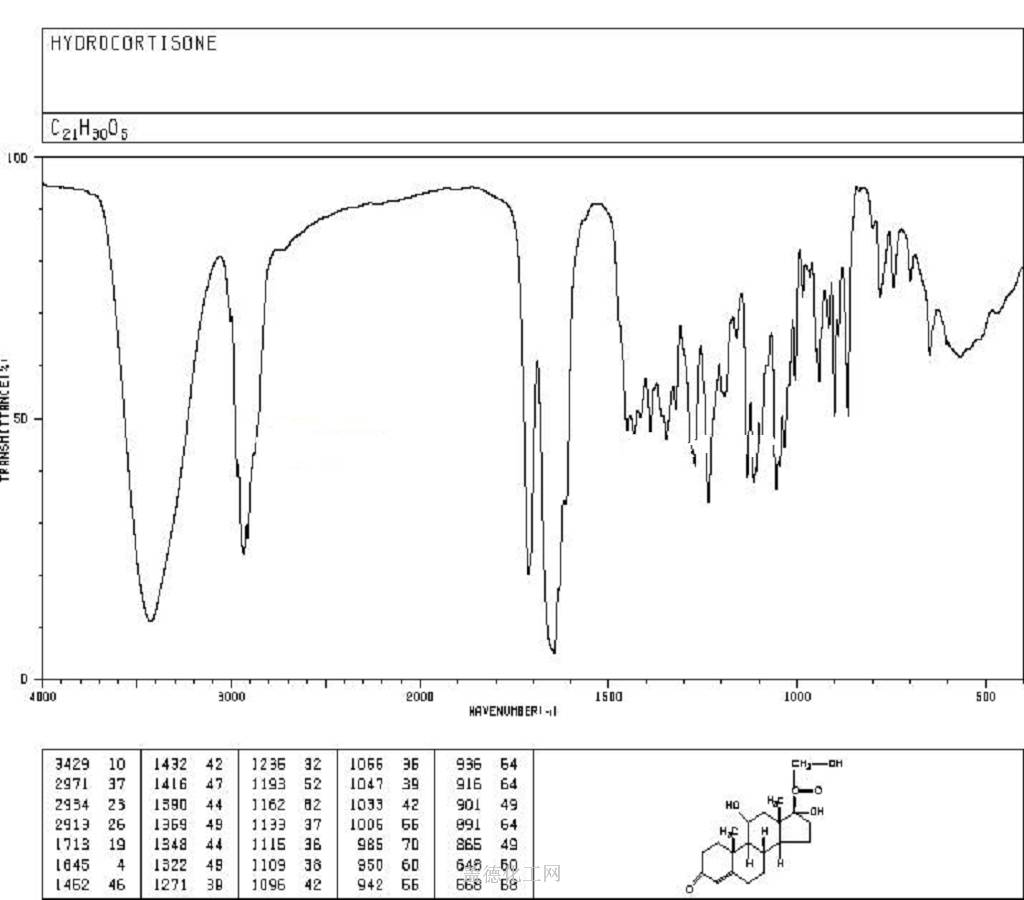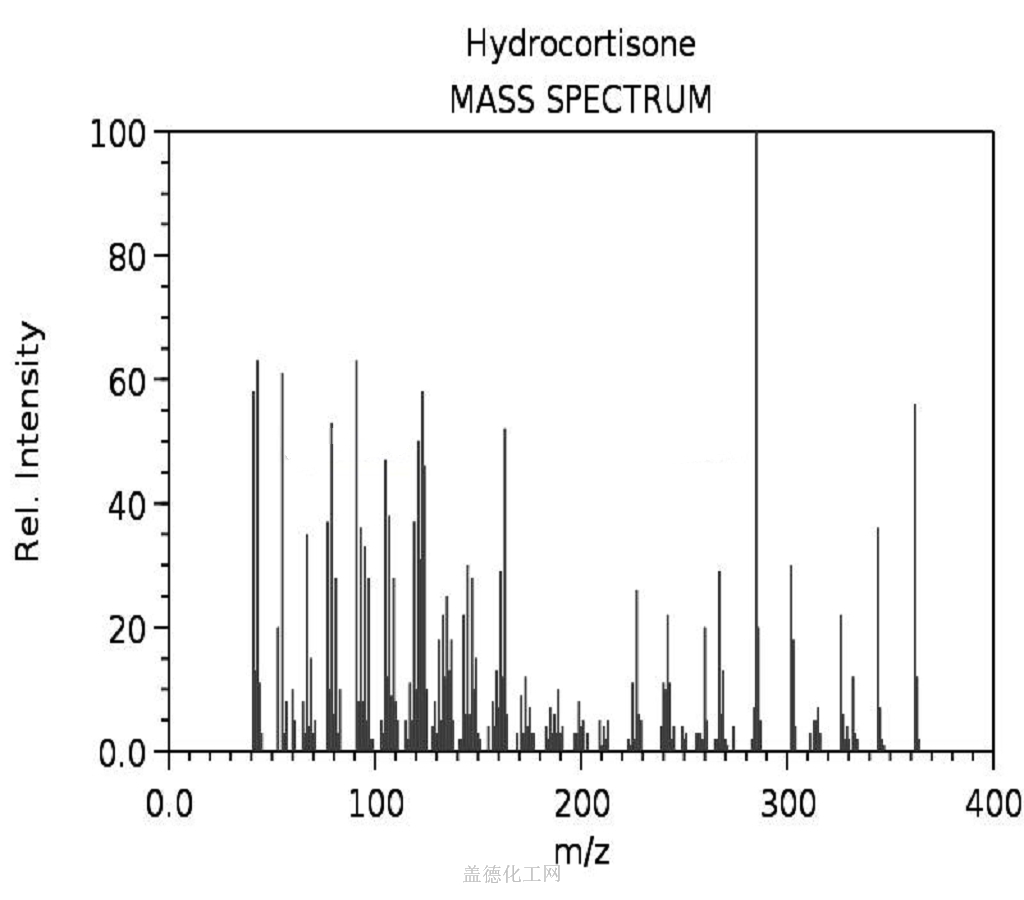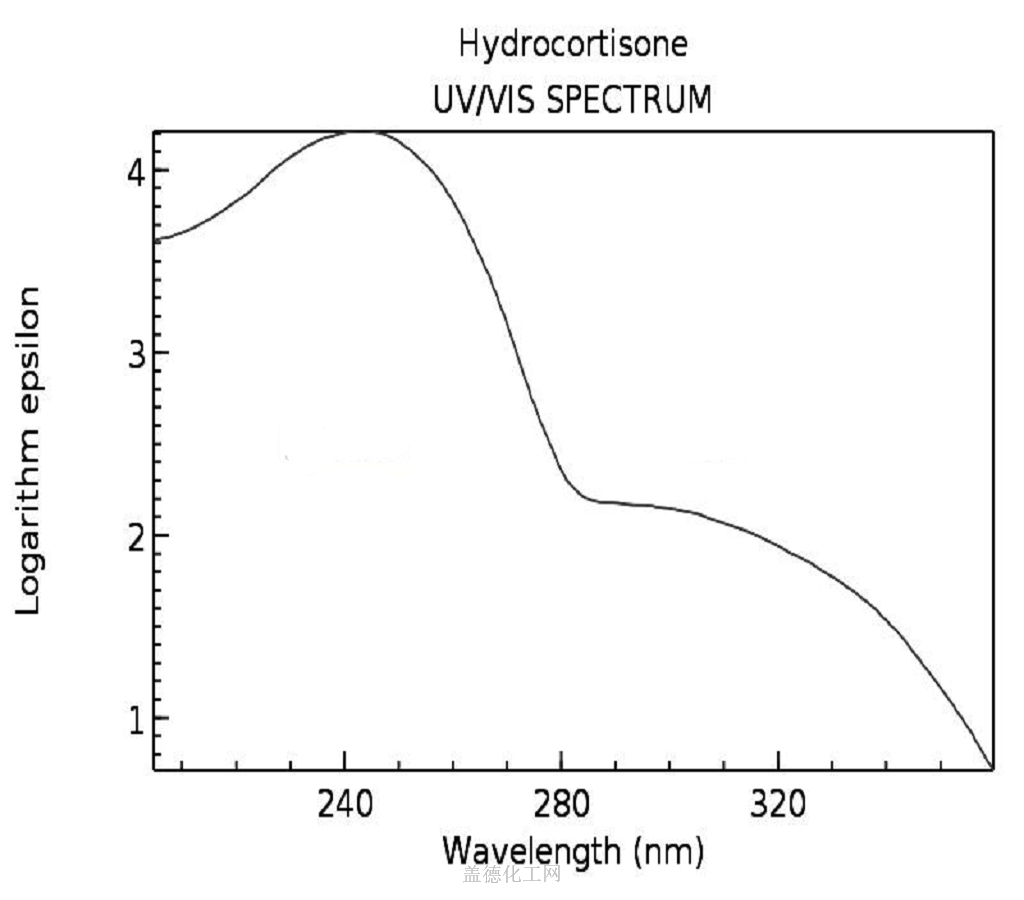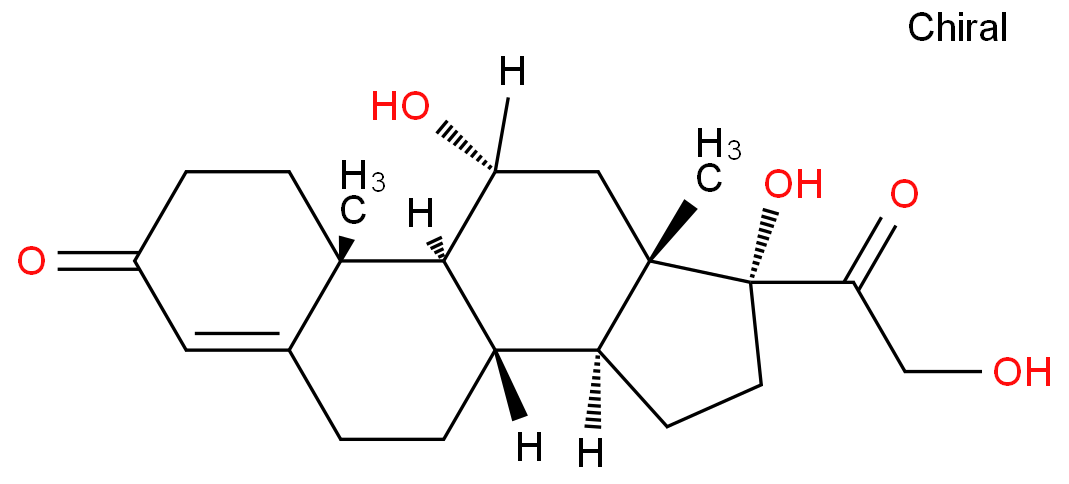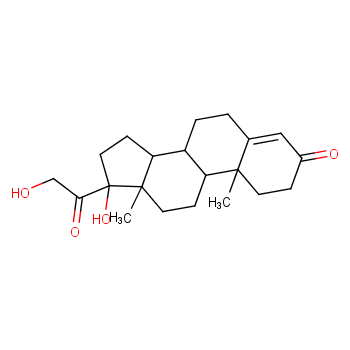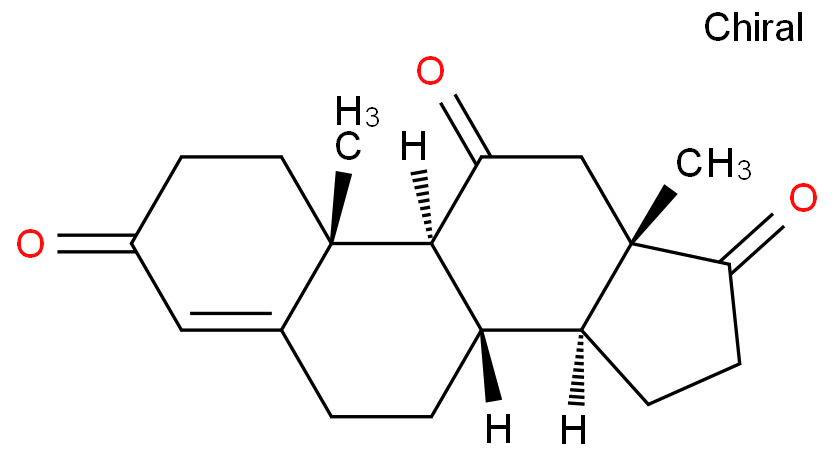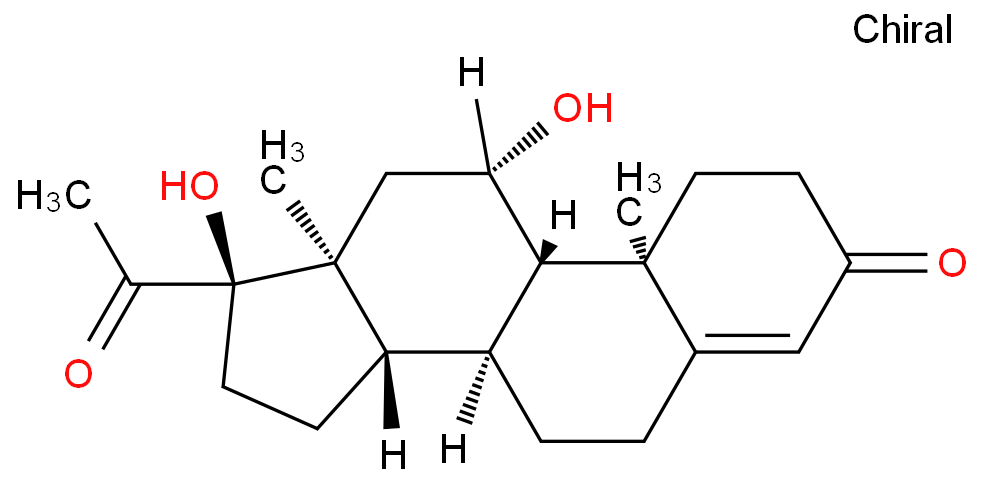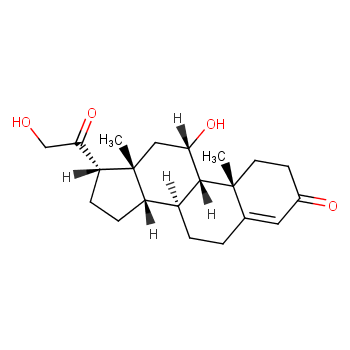Hydrocortisone (CAS 50-23-7) is a white crystalline powder that belongs to the class of corticosteroids. Its basic structure consists of a steroid backbone with a hydroxyl group at the C11 position and a ketone group at the C3 position. This chemical is sparingly soluble in water but soluble in ethanol and chloroform. It has a melting point of about 213-220°C.
Hydrocortisone exhibits both anti-inflammatory and immunosuppressive properties. It acts by binding to cytoplasmic glucocorticoid receptors, which then translocate to the nucleus and modulate gene expression. This mechanism of action leads to the suppression of inflammatory responses and the regulation of immune system activity.
Applicable fields
Pharmaceutical Industry: Hydrocortisone is widely used in the pharmaceutical industry for its anti-inflammatory and immunosuppressive effects. It is commonly used in the treatment of various inflammatory conditions, such as allergies, asthma, and skin disorders. The mechanism of action involves reducing inflammation and suppressing the immune response.
Dermatology: In dermatology, hydrocortisone is utilized in the form of creams, ointments, and lotions for the treatment of skin conditions such as eczema, dermatitis, and psoriasis. Its anti-inflammatory properties help alleviate itching, redness, and swelling.
Endocrinology: Hydrocortisone is also used in endocrinology for hormone replacement therapy in individuals with adrenal insufficiency. It helps to replace the deficient cortisol hormone and maintain normal physiological functions.
Storage Conditions
Store in a cool, dry place.

 EN
EN



